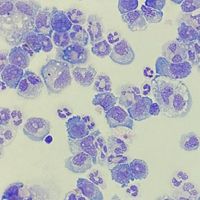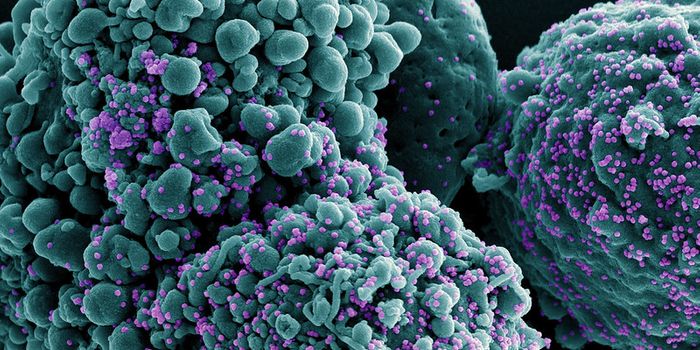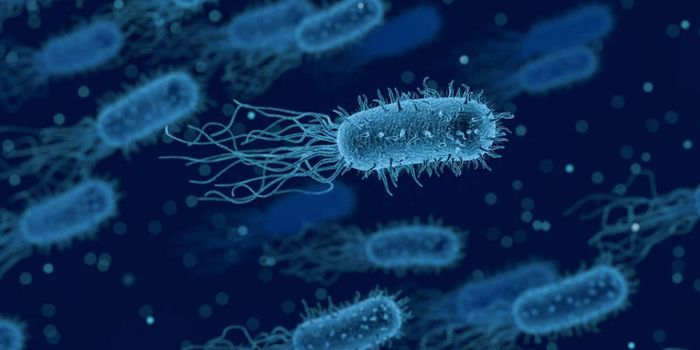Cancer Hijacks Proteins to Hide from Immune System
Since President Richard Nixon declared “The War on Cancer” in 1971, scientists have worked to learn more about this disease and how to effectively treat it. Even today among all the National Institutes of Health (NIH), the National Cancer Institute (NCI) is the most funded. While we have made significant progress in different cancer types, there are still others that develop resistance to therapy. In many cases these therapy-resistant cells survive initial treatment and begin replicating, making it harder to treat in the future. Additionally, these tumors multiply and go unnoticed by the immune system. While much research has been done to understand how the tumors adapt to their environment, it is still unclear how hard-to-treat solid tumors persist. Many scientists have attributed therapy resistance to increased mutational burden and heterogeneity. In these cases, tumor cells employ mechanisms to avoid the immune system, which allow them to continue to proliferate and expand. Researchers are currently working to understand new adaptions that help the tumor evade the immune system.
A recent article published in Cell, by Dr. William Faller and others discovered how intercellular proteins help tumors evade immune system detection. Faller is a Group Leader at the Netherlands Cancer Institute where he and his group work on understanding how tumors spread and progress. Specifically, he investigates how malignant cells hijack mechanisms in their environment and within the cells themselves to avoid detection.
The proteins Faller and colleagues describe are known as ribosomes. These are intercellular molecules responsible for the generation of proteins and can be found throughout the cell body with a preferential association with the endoplasmic reticulum membrane. Specifically, they help synthesize proteins by linking the amino acids together according to instruction laid out by messenger RNA (mRNA). Ribosomes are an essential for cell survival and are necessary for daily cell activity.
In this paper, researchers discovered that ribosomes express a marker on their surface which helps notify the immune system that cancer is present. They specifically concluded that proteins or cytokines commonly secreted by tumor cells prevent the surface marker, P-stalk, from being expressed. One critical cytokine that facilitates P-stalk downregulation includes transforming growth factor ß (TGF-ß). As a result, the loss of P-stalk expressing ribosomes inhibits antitumor immune response. Alternatively, inflammatory cytokines including interleukin 6 (IL-6), interleukin 1 ß (IL-1ß), and interferon gamma (IFN-gamma) promote P-stalk ribosomal expression. These inflammatory cytokines facilitated an antitumor immune response compared to TGF-ß. Additionally, scientists demonstrated that CD8+ T cells responsible for identifying and targeting the tumor were unable to properly recognize tumor cells with the loss of P-stalk after TGF-ß secretion. Consequently, this resulted in tumor proliferation and expansion.
The discovery that ribosomes help tumors escape detection is a major advancement to the field. This work is paradigm-shifting and associates ribosomes with tumor persistence. Moreover, Faller and others have outlined a mechanism that regulates tumor resistance and escape from the immune system. The loss of P-stalk ribosomes drives tumor progression through immune cell inhibition. Overall, this work has the potential to enhance cancer treatment by developing ways to improve P-stalk expression on ribosomes and elicit effective antitumor immune response.








